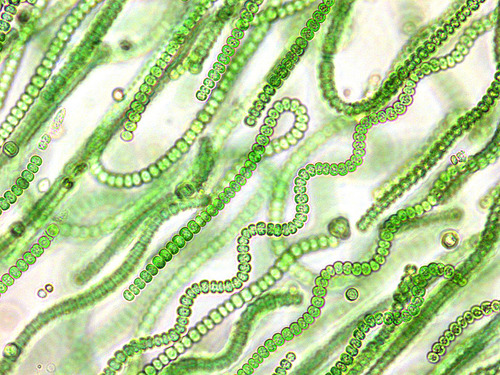Unraveling the Mystery of Multicellularity: A New Hypothesis Emerges
In a recent study published in the Proceedings of the National Academy of Sciences, biologists Emma Bingham and William Ratcliff from the Georgia Institute of Technology propose a groundbreaking theory that sheds light on the evolution of multicellularity. Their hypothesis challenges existing notions and suggests a novel perspective on the transition from single-celled to multicellular organisms.
The Puzzle of Multicellularity
Multicellular organisms, despite their diverse forms and functions, share a common origin: a single cell that undergoes repeated divisions to give rise to specialized cells and tissues. While this complex process has independently evolved in various lineages, including animals, plants, algae, and fungi, the underlying mechanisms driving this transition remain elusive.
Genomic Response to Population Size
Bingham and Ratcliff’s hypothesis revolves around the response of prokaryotic and eukaryotic genomes to changes in population size. Drawing insights from population genetics, they propose that genetic drift, a random process influencing genetic variation in small populations, plays a pivotal role in shaping genome dynamics.
Divergent Genomic Strategies
According to their hypothesis, eukaryotic genomes tend to expand in small populations, while prokaryotic genomes undergo a reduction. This differential response to genetic drift may have profound implications for the evolution of multicellularity. Eukaryotes, with their expanded genomes, could have gained a genomic toolkit conducive to multicellular development, whereas prokaryotes may have faced limitations in acquiring similar traits.
Computational Modeling and Empirical Evidence
To test their hypothesis, Bingham and Ratcliff developed a computational model simulating the evolution of multicellularity in prokaryotic and eukaryotic populations. Their findings suggest that genomic processes influenced by population size could have shaped the transition to multicellularity.
Implications and Future Directions
This novel hypothesis challenges conventional views of multicellular evolution, highlighting the interplay between genomic dynamics and population pressures. Further empirical studies are needed to validate and refine this theory, offering new insights into the origins of multicellular life and the underlying genetic mechanisms.
Expanding the Paradigm of Multicellular Evolution
Bingham and Ratcliff’s hypothesis opens doors to explore the role of genetic drift and genome expansion in driving evolutionary transitions. By questioning established paradigms, this study paves the way for a deeper understanding of the fundamental principles governing the evolution of life on Earth.















































